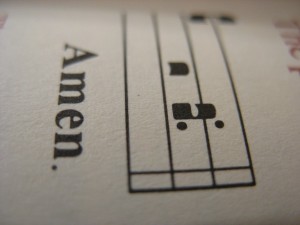The Liturgy Office website now has a section devoted to the Lectionary: https://www.liturgyoffice.org.uk/Resources/Lectionary/index.shtml
Publishers
Information about the text of the Lectionary for use in participation aids etc. has been sent to publishers. if you wish to receive this information please contact the Liturgy Office: liturgy.office @ cbcew.org.uk
Composers
The texts of the Responsorial Psalms for Volume 1 of the Lectionary are now available on application. Volume 1 includes all Sundays, Ash Wednesday, the Paschal Triduum, Solemnities and Feasts of the Lord.
Composers should email the Liturgy Office: liturgy.office @ cbcew.org.uk – They will be sent the texts for Volume 1 and the Lectionary for Mass: A guide for Composers which provides information about the Lectionary and setting the texts. The following information should be provided:
- Name
- Publisher name, where applicable
- Diocese
- Email address
- Phone number
- Request for any texts not included in Volume 1.
